Quick Links: About Us - Contact Us
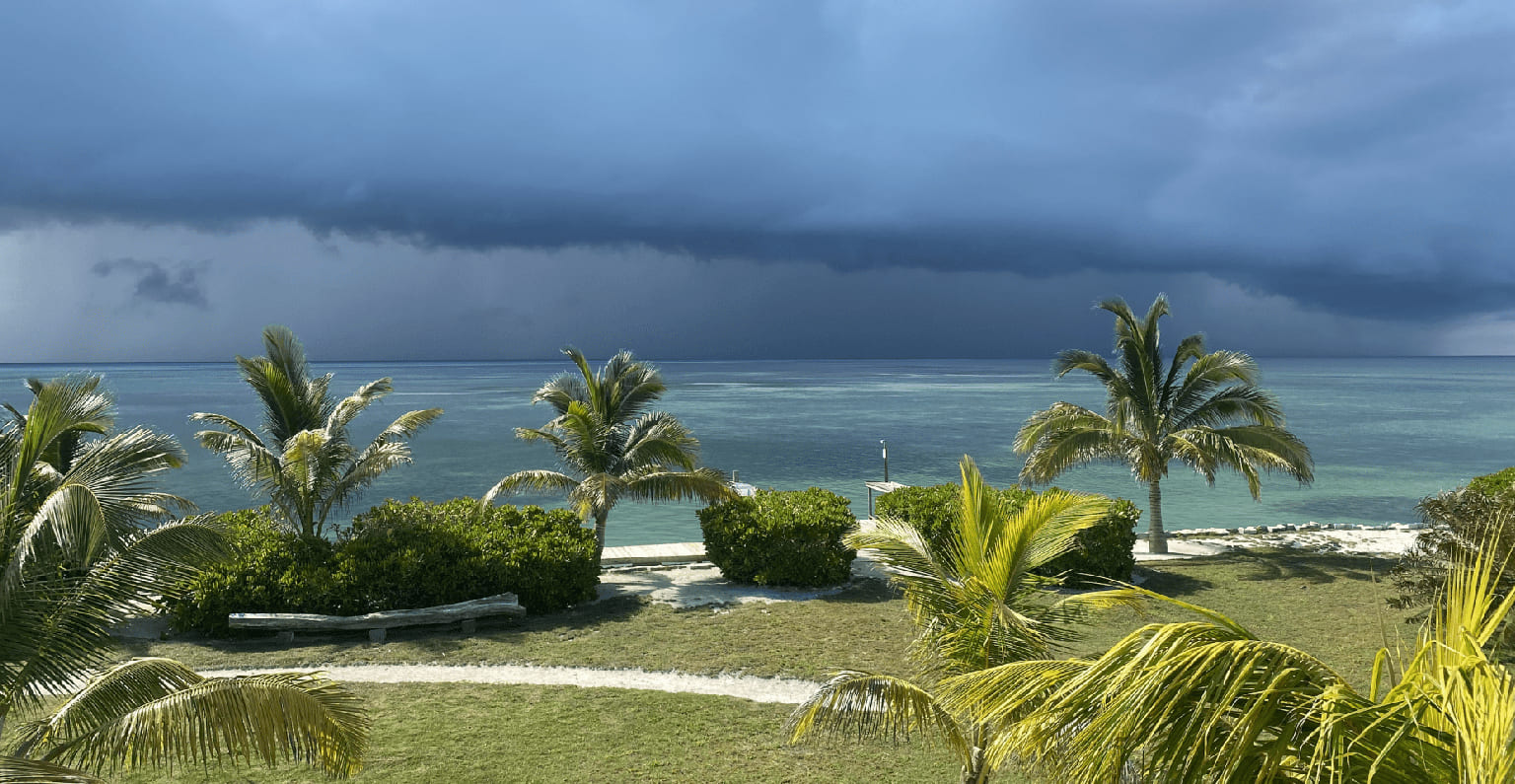
When travelers hear “rainy season” in Belize, their minds often conjure up images of torrential downpours, flooded roads, closed attractions, and ruined vacations. But here’s the truth — Belize’s wet season, which generally runs from June to November, is far from a travel disaster.
In fact, if you play your cards right, the rainy season might be the best time to visit for smaller crowds, lush landscapes, and surprising bargains. Let’s bust the biggest myths about Belize’s wet season one by one and show you why packing an umbrella doesn’t mean packing away your fun.
Myth #1: “It rains all day, every day”
The Reality:
Belize’s “rainy season” is more accurately a “green season.” While rain is more frequent than in the dry months, it usually comes in short, powerful bursts — often at night or early morning. Afternoons are frequently sunny and warm, perfect for beach lounging or jungle adventures.
Example:
In coastal areas like Placencia and Ambergris Caye, you might wake up to a quick morning shower that clears by breakfast. Inland, in San Ignacio or the Mountain Pine Ridge Forest Reserve, rain often refreshes the air without wiping out your whole day’s plans.
Travel Tip: Plan outdoor excursions in the morning, and keep a flexible schedule for indoor activities or spa visits in case of an afternoon shower.
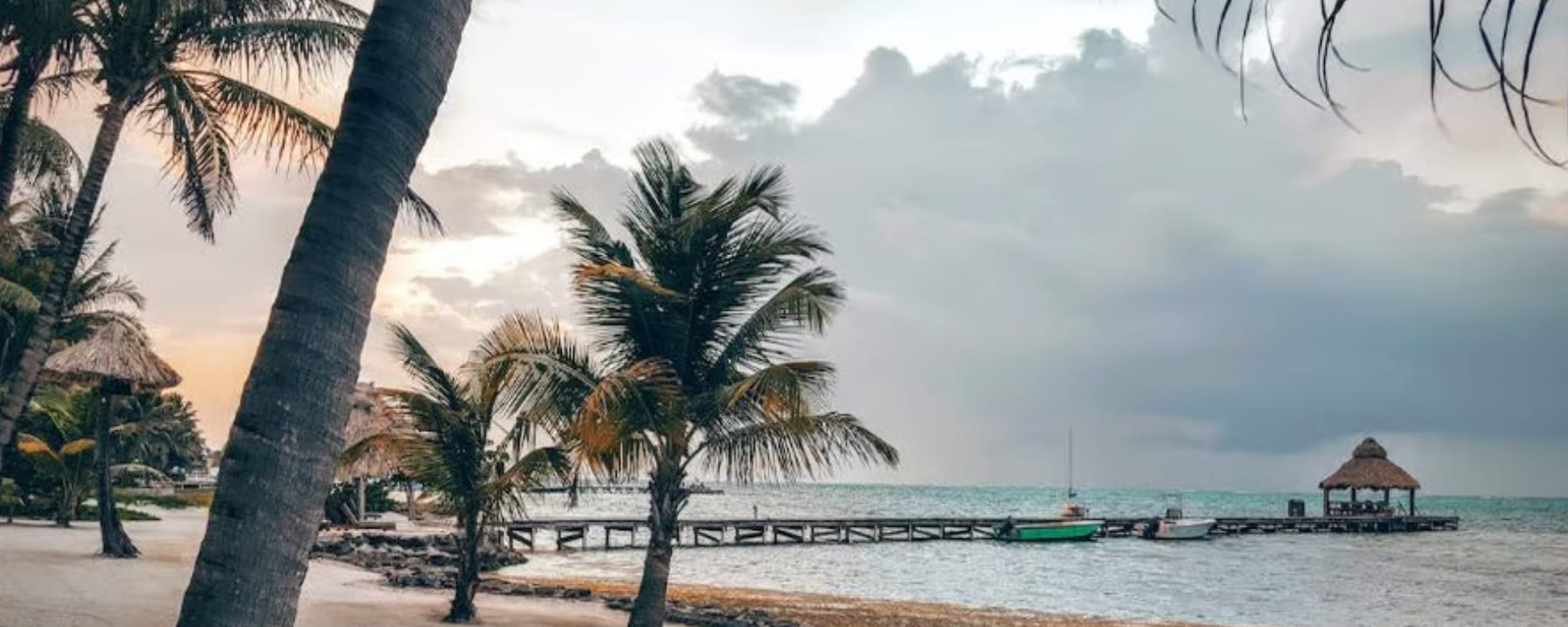
Myth #2: “Everything is closed”
The Reality:
Belize is open year-round. While some smaller resorts or tour operators take a brief break for maintenance, but most attractions, hotels, and restaurants continue operating.
Example:
Mayan ruins like Xunantunich and Lamanai, snorkeling trips to Hol Chan Marine Reserve, and cave tubing at Nohoch Che’en all operate during the wet season. In fact, some jungle treks and river tours are better with slightly higher water levels.
Travel Tip: If you’re visiting in September, check ahead for any seasonal closures, especially in remote island lodges.
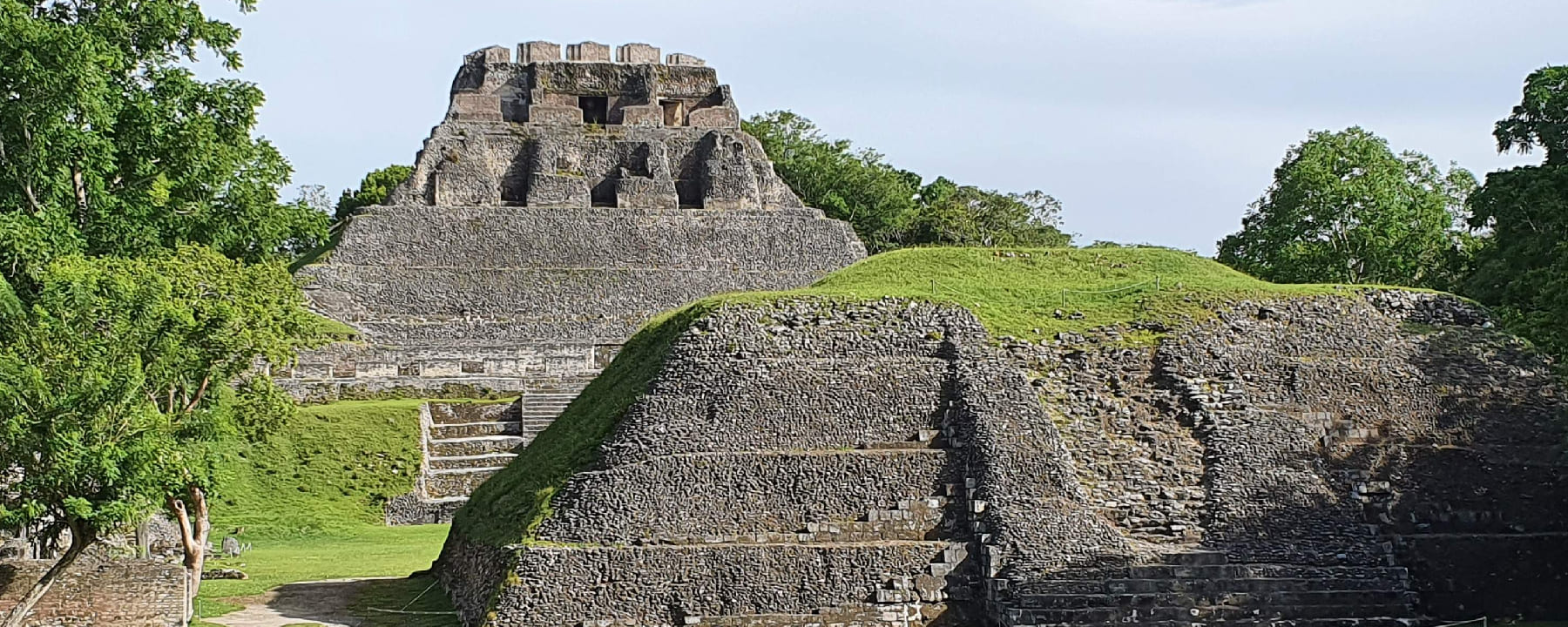
Myth #3: “You can’t snorkel or dive”
The Reality:
You absolutely can and it can be spectacular. While stormy days may cause operators to reschedule, most days are perfectly safe for water activities. The wet season can even mean better underwater visibility after rain flushes nutrients into the reef, attracting marine life.
Example:
Snorkelers at Shark Ray Alley in August often spot huge schools of fish, nurse sharks, and stingrays feeding actively. Divers at The Blue Hole enjoy calm conditions outside of major storms.
Travel Tip: Choose reputable tour companies that monitor weather closely. Flexibility is key — you might snorkel on day two instead of day one, but you won’t miss out.
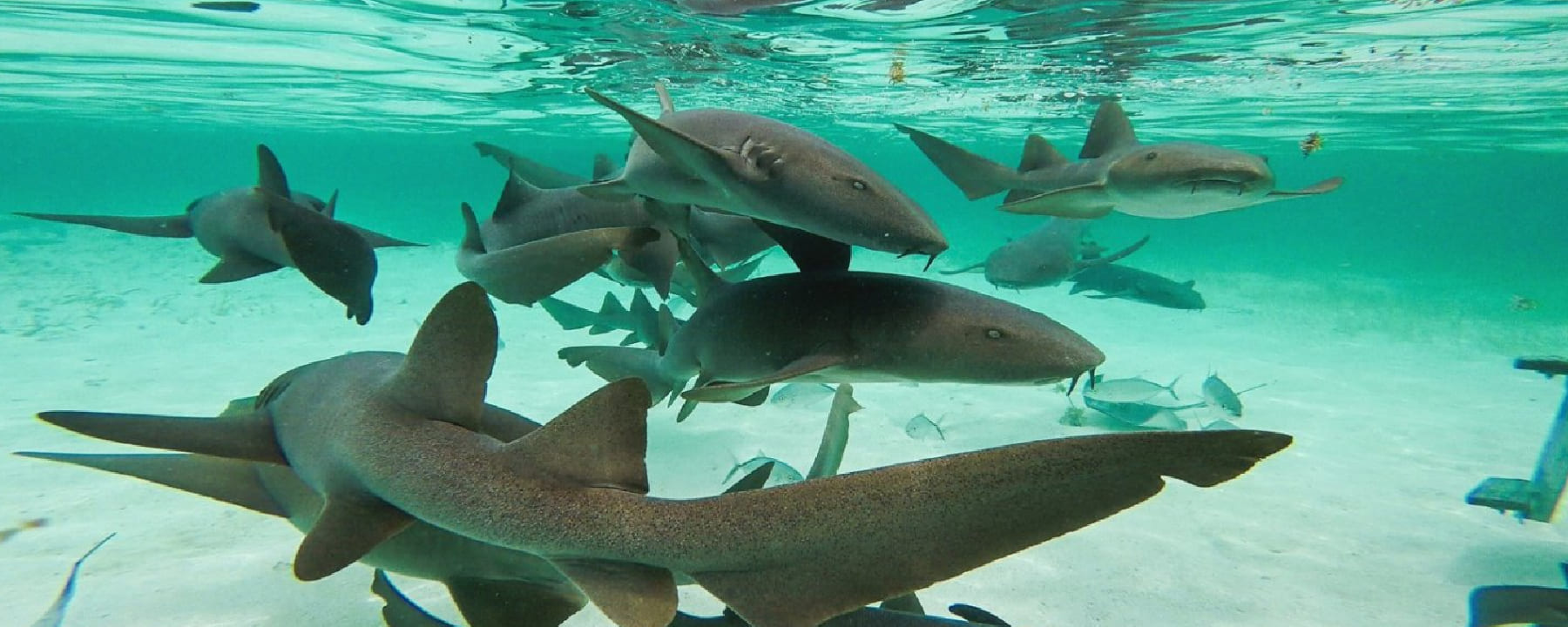
Myth #4: “Roads are impassable”
The Reality:
Yes, rural dirt roads can get muddy, but the major highways and tourist routes are well-maintained. Travel between Belize City, San Ignacio, and popular coastal towns remains accessible year-round.
Example:
Buses and private shuttles run daily between Belize City and Placencia, even in peak rainy months. You might find a few potholes, but you won’t be stuck for days.
Travel Tip: If you’re heading into remote jungle lodges or inland villages, arrange transport with locals who know the conditions. They’ll have the right vehicles to handle any muddy tracks.
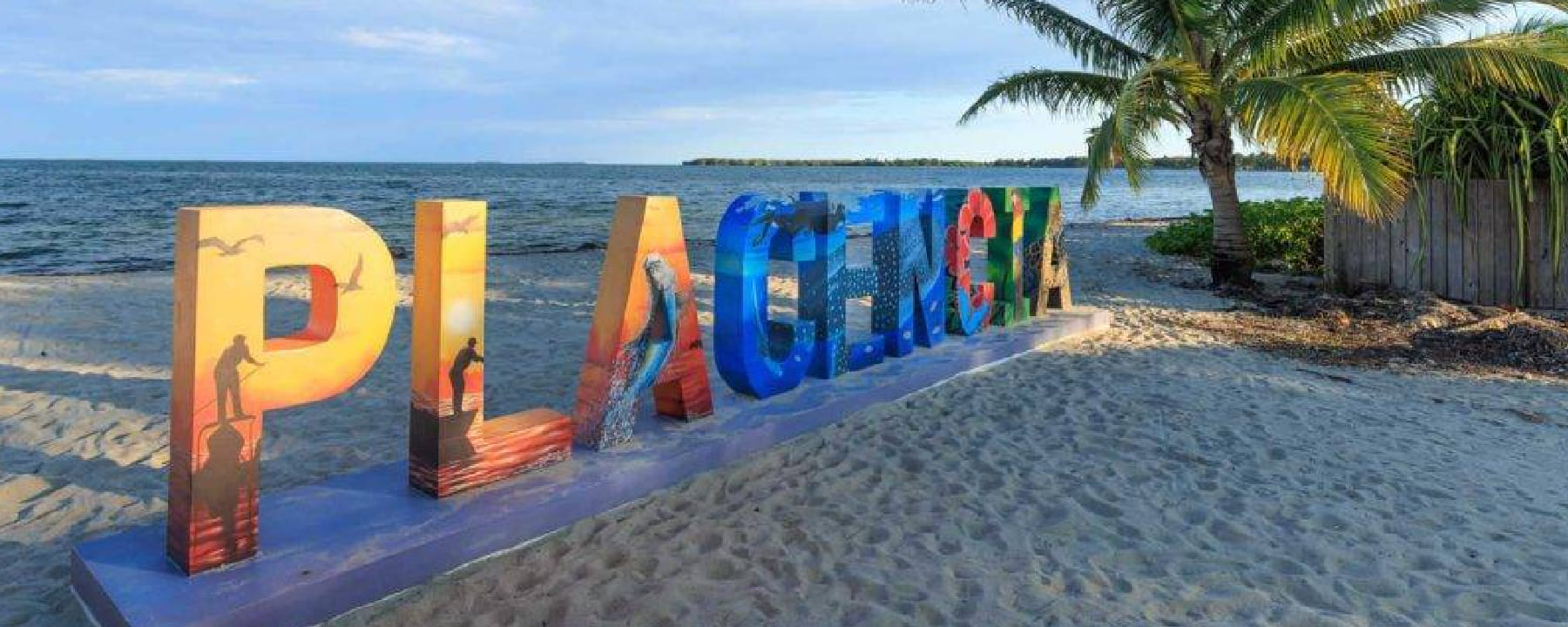
Myth #5: “It’s just too hot and humid”
The Reality:
Yes, humidity increases during the wet season, but temperatures actually stay fairly consistent year-round, averaging 77–86°F (25–30°C). Rain showers cool the air, and ocean breezes keep coastal areas comfortable.
Example:
In Caye Caulker, travelers often enjoy balmy evenings with gentle winds, even in September. Inland, the jungle can feel steamy, but shaded trails and rivers offer natural cooling.
Travel Tip: Stay hydrated, wear light clothing, and take advantage of the slower pace that rainy season encourages.
Myth #6: “Mosquitoes will eat you alive”
The Reality:
Yes, mosquitoes are more common with higher rainfall, but they’re manageable with the right precautions. Resorts and eco-lodges often provide repellents, fans, and mosquito nets.
Example:
Tourists hiking the Cockscomb Basin Wildlife Sanctuary in July wear lightweight long sleeves and leave with far more wildlife photos than mosquito bites.
Travel Tip: Bring a good repellent with DEET or picaridin, and avoid strong perfumes that can attract insects.
Myth #7: “Hurricanes are guaranteed”
The Reality:
Belize’s wet season overlaps with the Atlantic hurricane season, but direct hits are rare. Storms are monitored well in advance, and safety protocols are strong. Most rainy season visitors never experience more than a tropical shower.
Real Example:
Over the last decade, Belize has averaged fewer than one direct hurricane strike every two years. Travelers in August and September often enjoy perfectly sunny weeks.
Travel Tip: Buy travel insurance that covers weather disruptions. Stay informed via the Belize Meteorological Service for any updates.
Why You Should Visit in the Rainy Season
- Lower Prices: Hotels often discount rates by 20–40%.
- Fewer Crowds: You can explore top attractions with minimal wait times.
- Greener Landscapes: Rain transforms forests and gardens into lush, vibrant ecosystems.
- Wildlife Watching: Many species are more active in wetter months.
- Cultural Events: The Celebrations, including Belize Independence Day, happen right in the heart of the rainy season.
Rainy Season Travel Tips
- Pack Light but Smart: Quick-dry clothing, a light rain jacket, and waterproof bags for electronics.
- Plan for Flexibility: Have backup activities like museum visits or cooking classes for rainy hours.
- Choose Accommodations Wisely: Opt for hotels with good drainage, strong AC or fans, and cozy indoor spaces.
- Book Tours with Free Rescheduling: Many operators allow you to shift your date if the weather isn’t ideal.
Final Thoughts
The rainy season in Belize isn’t a vacation-ruining monsoon — it’s a chance to see the country at its greenest, most vibrant, and most peaceful. By busting the myths, you can travel smarter, save money, and enjoy a side of Belize that many visitors never experience.
So next time you hear “wet season,” don’t cancel your plans. Pack your raincoat, grab your snorkel gear, and get ready to enjoy a tropical adventure that’s anything but a washout.

